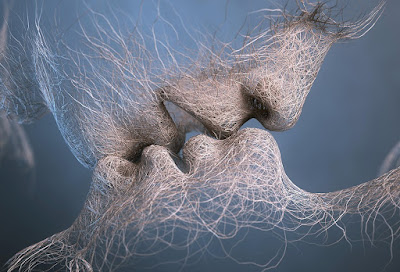Transformation in Digital Art
 |
| Photo Credit: StationDesign.Wordpress.com |
When computers were easing its way into the homes and lives of everyday people, digital art was not recognized as a traditional art form. It's not exactly known when graphic design found its place in the art community as a serious art medium.
As websites became the norm, graphic art became widely accepted in the technical mainstream. Over time, it has transformed into many areas. Infographics merge powerful images, charts or graphs with content. You will see digital art displayed in magazines, t-shirts, jewelry, animation, video games, apps, social media, traditional books and e-books, photo imaging and other publications and promotional products.
Computer art has become so popular that they have online websites that provide template layouts and banner creation sites like Canva.com to help you produce professional images for your business or personal use. Even the use of digital photography provides unlimited possibilities to alter or manipulate images to create a picture. Fractal Art provides a new element in aesthetic value for mathematical design.
There are many types of computer software to create and enhance the digital artwork. The most popular are Adobe Suite which consists of Illustrator, Dreamweaver, Photoshop and InDesign. This package helps create graphics and assists in page layout design. There is highly technical software such as Autodesk packages such as AutoCAD, Revit, Rhinoceros and Sketchbook Pro. For photo imaging, there is Corel Paintshop, Gimp, Photoscape, Paint, Phase One Capture, Pixelmator and many other options.
There are absolutely no limits. Digital technology is opening up new doors for craftsmanship and manufacturing to merge harmoniously. Three-dimensional (3D) printing is widely used within the healthcare and architecture field. It is used to create prototypes to create dental implants, prosthetics, and even artificial organs while also renderings models for modern buildings and peripheral urban landscape settings.
Digital fabrication is pushing the limits in construction technology. The art of innovation has provided designers access to research different materials that have unlimited potential and endless possibilities to new fabrication methods. With such a rapid growth in technology, one can only imagine what will be the next phase in digital art.






Comments
Post a Comment